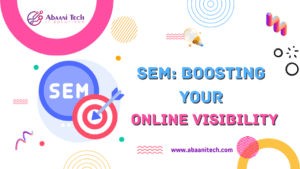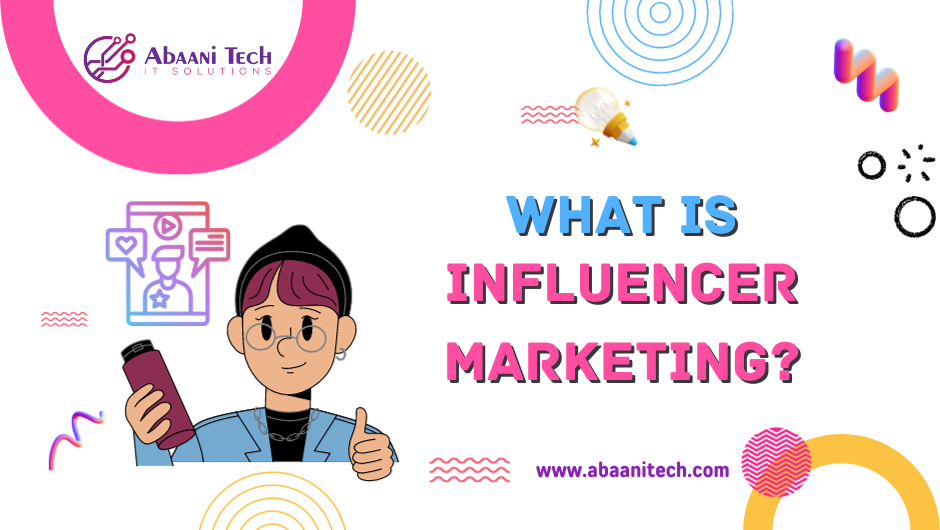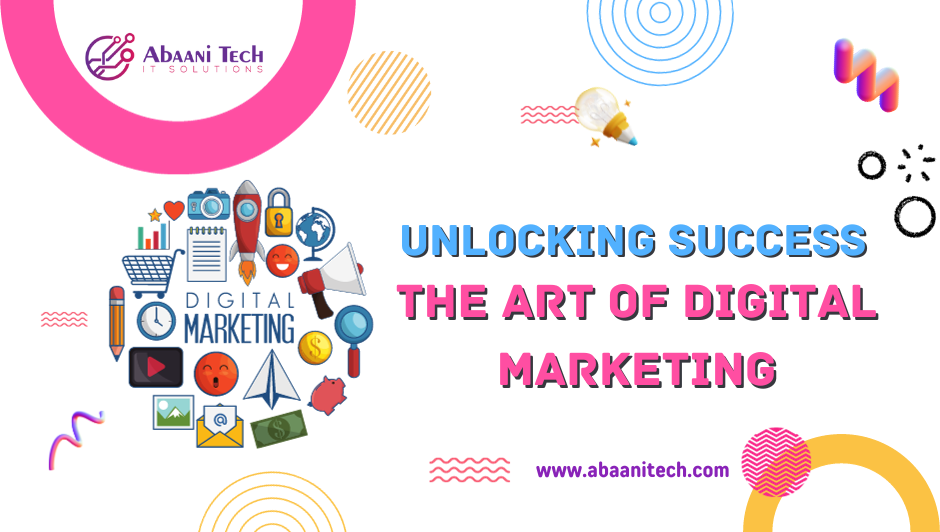Drive Traffic with Paid Advertising


Are you struggling to attract visitors to your website? Does it feel like your content is lost in the vast sea of the internet? If so, you’re not alone. With millions of websites competing for attention, it can be challenging to stand out from the crowd. Fortunately, there is a solution – paid advertising.
In this article, we will explore how you can leverage the power of paid advertising to drive targeted traffic to your website and achieve your business goals.
- What is Paid Advertising?
- Step 1: Defining Your Advertising Objectives
- Step 2. Identifying Your Target Audience
- Step 3. Choosing the Right Advertising Platform
- Step 4: Creating Compelling Ad Copy
- Step 5. Designing Visually Attractive Ads
- Step 6. Setting an Advertising Budget
- Step 7. Implementing Conversion Tracking
- Step 8. Monitoring and Optimizing Your Campaigns
- Step 9. Harnessing the Power of Social Media Advertising
- Step 10. Integrating Paid and Organic Strategies
- Step 11. Measuring ROI and Success Metrics
- Step 12. Leveraging Remarketing and Retargeting
- Step 13. Exploring Alternative Advertising Channels
- Conclusion: Drive Traffic and Boost Your Business
- FAQs
What is Paid Advertising?
Paid advertising refers to a marketing strategy where businesses pay to display their ads on various platforms, such as search engines, social media, and websites. Unlike organic methods, which rely on free traffic, paid advertising allows you to reach a targeted audience more quickly and effectively.
Here are some steps to do paid advertising to get the maximum traffic to your website.
Step 1: Defining Your Advertising Objectives
Before diving into paid advertising, it’s essential to define your objectives clearly. Are you looking to increase website traffic, generate leads, or boost sales? Having well-defined goals will help you design campaigns that align with your business objectives.
Step 2. Identifying Your Target Audience
To get the best results from your paid advertising efforts, you must know your target audience. Who are your ideal customers? What are their interests and pain points? Understanding your audience will enable you to create tailored ad messages that resonate with potential customers.
Step 3. Choosing the Right Advertising Platform
There are various paid advertising platforms available, such as Google Ads, Facebook Ads, and LinkedIn Ads. Each platform has its unique features and advantages. Research and choose the platforms that align with your target audience and advertising goals.
Step 4: Creating Compelling Ad Copy
Your ad copy plays a crucial role in attracting clicks and conversions. Craft compelling and persuasive ad copy that highlights the benefits of your product or service. Use strong call-to-action (CTA) to encourage users to take the desired action.
Step 5. Designing Visually Attractive Ads
Visual elements are powerful in capturing attention and conveying your message effectively. Use eye-catching images or videos that align with your brand and ad content. Ensure that your ads are visually appealing and consistent with your overall marketing strategy.
Step 6. Setting an Advertising Budget
Determine your advertising budget based on your objectives and the cost per click (CPC) or cost per impression (CPM) on your chosen platform. Start with a conservative budget and adjust it as you gain insights into the performance of your ads.
Step 7. Implementing Conversion Tracking
Conversion tracking allows you to measure the effectiveness of your paid advertising campaigns. Set up tracking pixels or codes on your website to track actions such as purchases, sign-ups, or downloads. This data will help you optimize your campaigns for better results.
Step 8. Monitoring and Optimizing Your Campaigns
Paid advertising is not a one-and-done strategy. Regularly monitor the performance of your campaigns and make data-driven adjustments. Test different ad formats, audiences, and messaging to find what works best for your business.
Step 9. Harnessing the Power of Social Media Advertising
Social media platforms offer powerful targeting options to reach your ideal customers. Leverage social media advertising to build brand awareness, engage with your audience, and drive traffic to your website.
Step 10. Integrating Paid and Organic Strategies
Paid advertising and organic strategies can complement each other. Use paid advertising to amplify the reach of your best-performing organic content. This integration can lead to increased visibility and better results.
Step 11. Measuring ROI and Success Metrics
To gauge the success of your paid advertising efforts, measure your return on investment (ROI) and other key performance metrics. Understand which campaigns are driving the most value for your business and focus on optimizing them further.
Step 12. Leveraging Remarketing and Retargeting
Remarketing and retargeting allow you to re-engage users who have interacted with your website or ads before. Create customized campaigns to remind them of your brand and entice them to return, increasing the likelihood of conversion.
Step 13. Exploring Alternative Advertising Channels
While major advertising platforms are popular choices, consider exploring alternative channels like influencer marketing, sponsored content, or niche industry websites. These channels can offer unique opportunities to reach your target audience.
Conclusion: Drive Traffic and Boost Your Business
In conclusion, we get how to use paid advertising to drive traffic to your website, which is why paid advertising is a powerful tool to drive traffic to your website and achieve your business goals. By understanding your audience, crafting compelling ad copy, and monitoring your campaigns’ performance, you can attract more visitors and grow your online presence.
FAQs
- What is the minimum budget for paid advertising campaigns?
A: There’s no one-size-fits-all answer to this. Start with a budget you’re comfortable with and gradually increase it based on your campaign’s performance.
- Are there any free alternatives to paid advertising?
A: While organic strategies like SEO and content marketing are free, they can take time to yield results. Paid advertising offers a more immediate and targeted approach.
- Can I target specific demographics with paid advertising?
A: Yes, most advertising platforms allow you to target specific demographics, interests, and behaviors, ensuring your ads reach the right audience.
- How long does it take to see results from paid advertising?
A: Results can vary, but you may start seeing initial data and insights within a few days of running your campaigns.
- Is paid advertising suitable for small businesses?
A: Yes, paid advertising can be beneficial for small businesses, as it allows them to compete effectively with larger competitors and reach a targeted audience.






